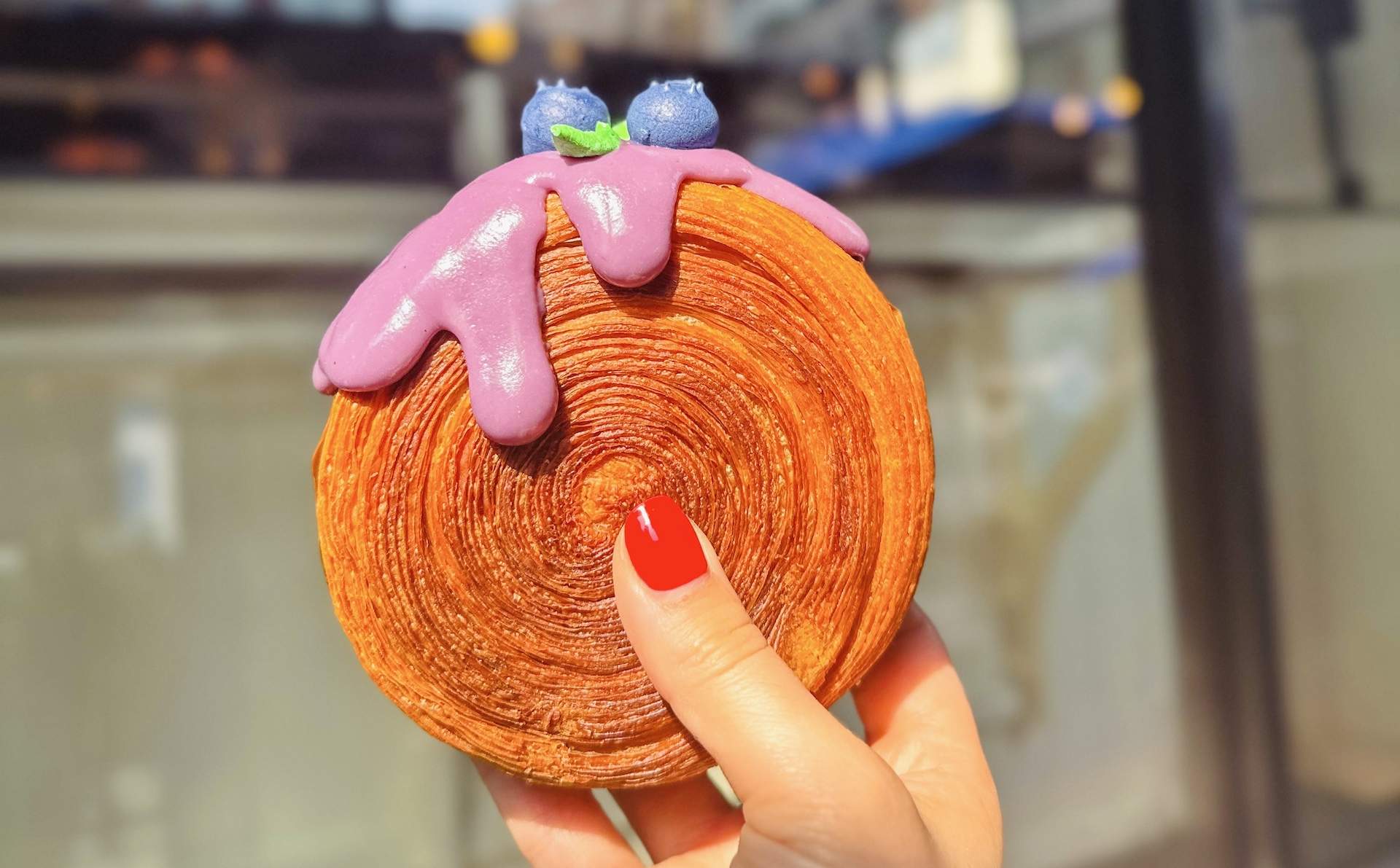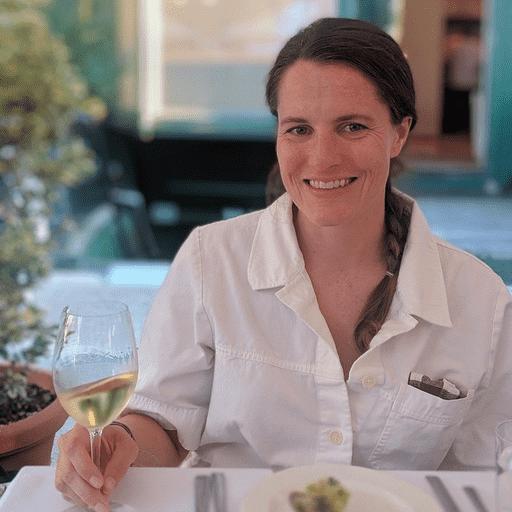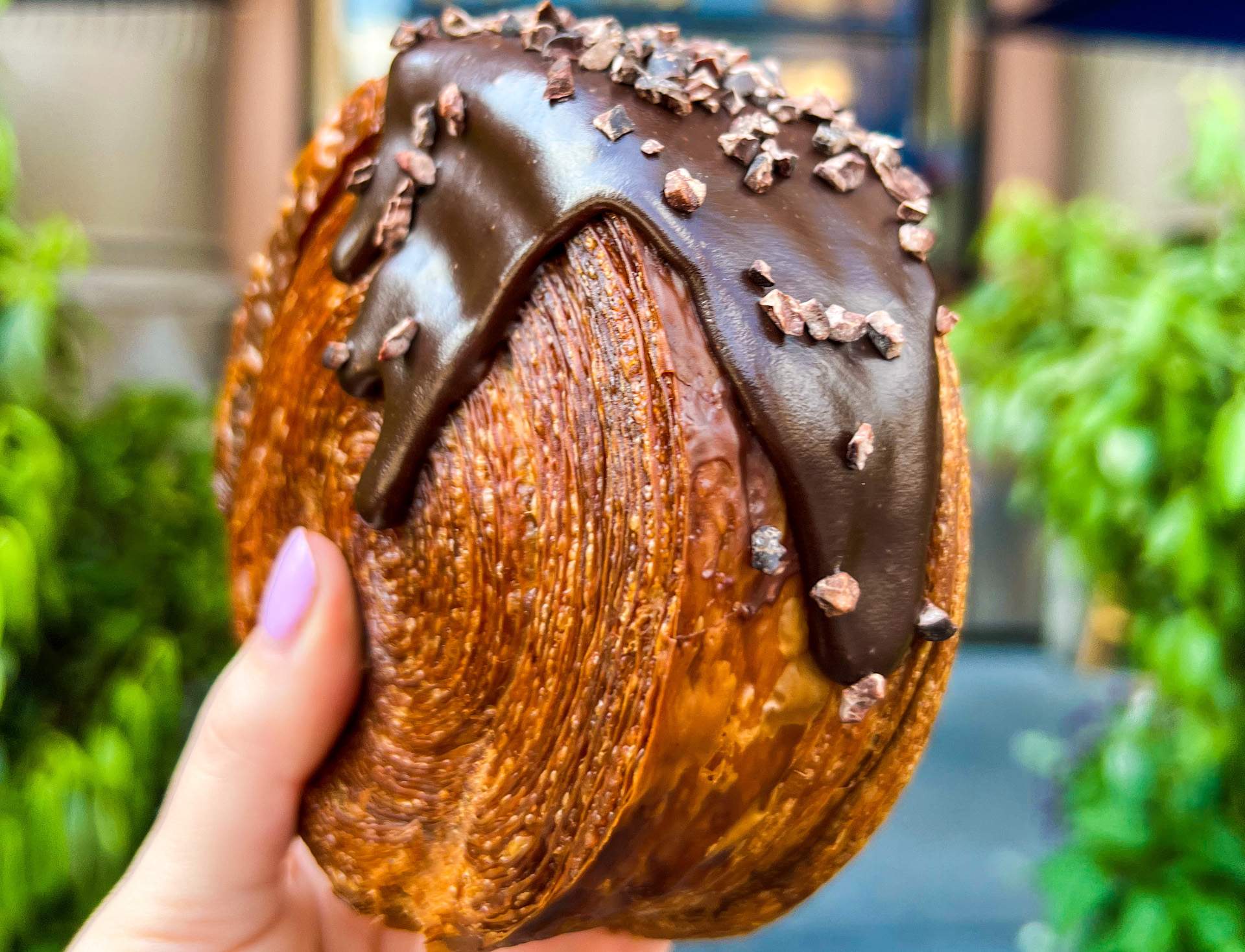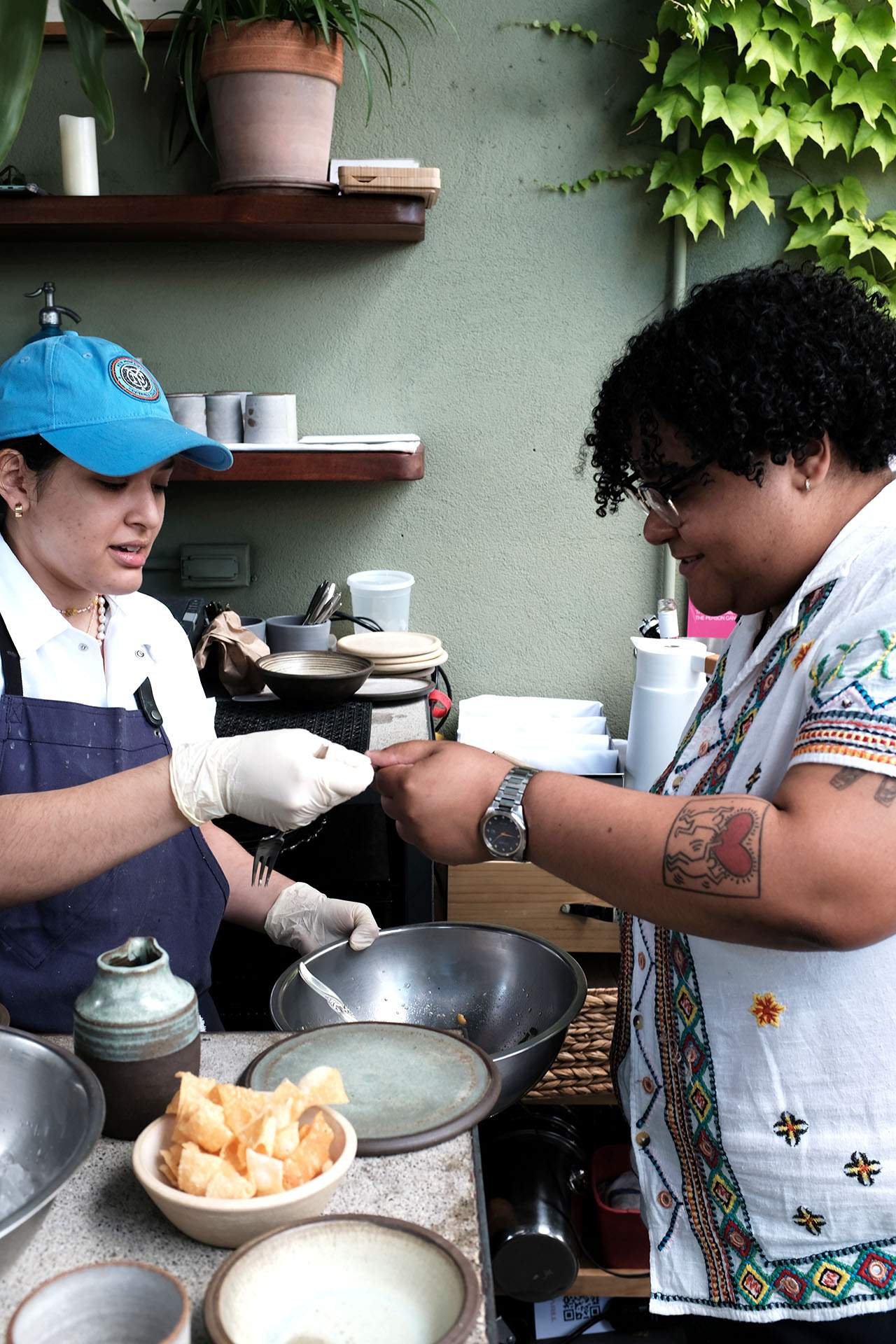There was a time in food when a shortlist of critics, through a multi-star review or scathing criticism, could single-handedly shape a restaurant’s future. Now, there’s TikTok.
The platform has crashed the gates of publicists, writers (guilty!), critics, and star chefs who used to dictate how people eat. Once a social marketing tool, TikTok now has the power to influence an entire restaurant concept. It’s a democratic moment when humble noodle shops become household names while well-funded restaurants pull directly from the algorithm to put butter candles on their menu.
But the stories behind these viral dishes are often surprisingly human. We chatted with three New York City chefs and restaurateurs to hear how their food lit up the Internet and how the attention has changed what they do.
The spiral croissant at Lafayette

French hotspot Lafayette’s pastry chef Scott Cioe and his team didn’t set out to make a viral baked good, but the internet can’t get enough of the Suprême—a spiral of croissant dough crisp on all sides and topped with bright glazes in an array of flavors.
“It was on the menu from the get-go, and after about three weeks, someone posted the chocolate Suprême,” Cioe says. “Within two days, the lines started forming.”
More than a year later, the lines haven’t stopped, and the three daily drops of the coveted pastries keep selling out. Don’t mistake these measured releases for manufactured scarcity—the croissants take three days to make, forcing Cioe and his team to strike a balance between ensuring consistency and hitting capacity.
The croissant’s impact can’t be understated: Cioe opened with just three bakers and has grown his team to 13. He plans to scale up again in August, which will require a major overhaul of the bakery’s equipment, including new ovens and proofers.
Chicken parm pizza at Quality Italian

While food media debates if restaurants are catering to Internet trends, Quality Branded CEO and co-founder Michael Stillman is leaning into it. His team recently launched an Instagram marketing campaign that declares, “We have the meme foods!” with captions like, “Embrace the algorithm, whatever that means.”
Take Quality Italian’s beloved chicken parm pizza, which first rose to fame right after the restaurant’s inaugural New York Times review in 2013, and then surprised the team when TikTok fell in love with it again a decade later. Stillman says they had to “totally rethink the production” after it went viral a second time, including whether the team had the capacity to serve it at lunch and if the price point still made sense.
Despite the operational effects, Stillman embraces social media’s influence on his restaurants, including TikTok favorites Bad Roman and Quality Bistro. “When a restaurant goes viral, it’s an incredibly democratic thing,” he says. “People saw what a restaurant was doing, and they wanted to try it.”
Jell-Olives at Café Mars

When Café Mars opened, the colorful interiors and whimsical platings made it immediate fodder for Instagram and TikTok—though that wasn’t the intention. “I think it’s unfortunate that if you design something that’s unique or interesting looking, there’s a tendency now to think that this was made to pander for likes,” says Paul D’Avino, the restaurant’s co-chef and co-owner.
In his mind, all restaurants should be immediately identifiable. “It’s important to have a point of view and a voice—in fashion, food, architecture, anything people put their heart and soul into,” he says. That point of view is clear in the now-famous “Jell-olives,” which sum up the restaurant’s philosophy that dining should be fun, and people should ultimately feel better when they leave than when they arrived.
Inspiration came from the kitchen’s favorite pre-dinner ritual: a bowl of olives and a negroni. “We played around with different things before landing on gelatin, and then I thought, ‘Cool texture, old-school technique,’” D’Avino says. The result is a visually stunning dish that tastes great and happens to photograph well, too.
But D’Avino stresses that no matter how popular a dish becomes, he and his team aren’t afraid to pull it off the menu and try something new. At the end of the day, you’ll always have to come to the restaurant to actually experience it.
“We do stuff for human beings on an in-person basis,“ D’Avino says. “If you want Café Mars, you gotta come to Café Mars.”
— Marion Brewer is a senior content strategist at OpenTable, who brings her hot takes on dining to our blog each month.




